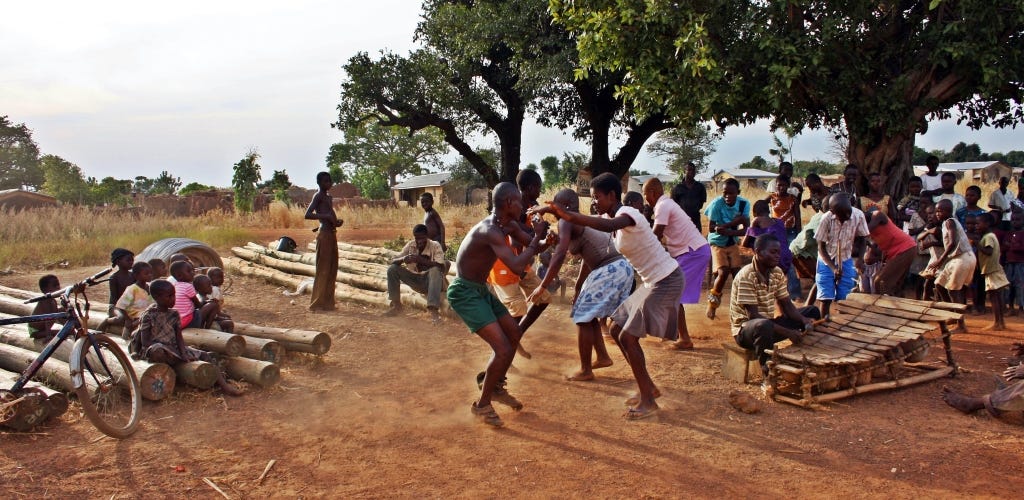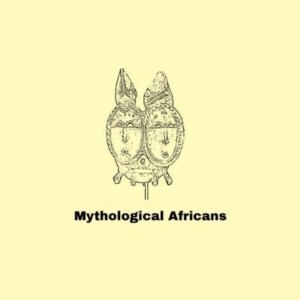
- Podcast Features
-
Monetization
-
Ads Marketplace
Join Ads Marketplace to earn through podcast sponsorships.
-
PodAds
Manage your ads with dynamic ad insertion capability.
-
Apple Podcasts Subscriptions Integration
Monetize with Apple Podcasts Subscriptions via Podbean.
-
Live Streaming
Earn rewards and recurring income from Fan Club membership.
-
Ads Marketplace
- Podbean App
-
Help and Support
-
Help Center
Get the answers and support you need.
-
Podbean Academy
Resources and guides to launch, grow, and monetize podcast.
-
Podbean Blog
Stay updated with the latest podcasting tips and trends.
-
What’s New
Check out our newest and recently released features!
-
Podcasting Smarter
Podcast interviews, best practices, and helpful tips.
-
Help Center
-
Popular Topics
-
How to Start a Podcast
The step-by-step guide to start your own podcast.
-
How to Start a Live Podcast
Create the best live podcast and engage your audience.
-
How to Monetize a Podcast
Tips on making the decision to monetize your podcast.
-
How to Promote Your Podcast
The best ways to get more eyes and ears on your podcast.
-
Podcast Advertising 101
Everything you need to know about podcast advertising.
-
Mobile Podcast Recording Guide
The ultimate guide to recording a podcast on your phone.
-
How to Use Group Recording
Steps to set up and use group recording in the Podbean app.
-
How to Start a Podcast
-
Podcasting
- Podcast Features
-
Monetization
-
Ads Marketplace
Join Ads Marketplace to earn through podcast sponsorships.
-
PodAds
Manage your ads with dynamic ad insertion capability.
-
Apple Podcasts Subscriptions Integration
Monetize with Apple Podcasts Subscriptions via Podbean.
-
Live Streaming
Earn rewards and recurring income from Fan Club membership.
-
Ads Marketplace
- Podbean App
- Advertisers
- Enterprise
- Pricing
-
Resources
-
Help and Support
-
Help Center
Get the answers and support you need.
-
Podbean Academy
Resources and guides to launch, grow, and monetize podcast.
-
Podbean Blog
Stay updated with the latest podcasting tips and trends.
-
What’s New
Check out our newest and recently released features!
-
Podcasting Smarter
Podcast interviews, best practices, and helpful tips.
-
Help Center
-
Popular Topics
-
How to Start a Podcast
The step-by-step guide to start your own podcast.
-
How to Start a Live Podcast
Create the best live podcast and engage your audience.
-
How to Monetize a Podcast
Tips on making the decision to monetize your podcast.
-
How to Promote Your Podcast
The best ways to get more eyes and ears on your podcast.
-
Podcast Advertising 101
Everything you need to know about podcast advertising.
-
Mobile Podcast Recording Guide
The ultimate guide to recording a podcast on your phone.
-
How to Use Group Recording
Steps to set up and use group recording in the Podbean app.
-
How to Start a Podcast
-
Help and Support
- Discover

We closed out October with an exploration of how African people have expressed their relationship with the natural world in words. I figured for November, we should stay on theme by revisiting the Myth of the Bagre of the Dagaaba (Burkina Faso, Ghana, Ivory Coast).
Ghanian poet, Dannabang Kuwabong, describes the Myth of the Bagre as a performance through which the Dagaaba articulate their search for spiritual, cultural, and ritual meanings to their human existence in a harsh, semi-arid natural environment that nourishes them but also baffles them in its unpredictability. In twelve thousand lines of narrative, poetry, and dramatic performance (which inductees are expected to memorize) the Bagre is an expression of Dagaaba traditional ecological and environmental knowing.
Enactment and performance of the Myth of the Bagre undergirds activities of the Dagaaba's Bagre society in the same way the Myth of Demeter and Persephone stands as the centerpiece of the Eleusinian Mysteries of the Greeks. As explained by Dannabang Kuwabong, through induction into the Bagre society and knowledge of the Bagre myth, the young are instructed in ancestral wisdom, their purposes in life, and Dagaaba ways of negotiating meaningful, nurturing, and sustainable relationships with and in the natural environments which to the Dagaaba, is a spiritual realm inhabited by spirits, both ancestral and pre-human.
For example, the Bagre tells of how humans were created from the soil (earth), okra (plants), God’s saliva (water), and the semen and eggs of flies and cats (animals). This connects us to the land, animals, plants, and the spirit world which then imposes on us the obligation to preserve the balance between ourselves and these other beings.
In this and the next two episodes, we’ll read from the “White Bagre” which is the version learned by inductees into the first level of the Bagre society. The White Bagre focuses on the celebration of agriculture, hunting, and cooking. The next level of Bagre, i.e., the Black Bagre which we will not read, focuses on the origins of fire, cooking, smithing, the making of bows and arrows, and sex (which, according to the myth, a Dagaaba woman learns about from a Boa constrictor).
You can read both the White and Black Bagre, as well as extensive commentary on them and Dagaaba society as a whole in Jack Goody’s “The Myth of the Bagre.”
Listen to Part 2 here.
Listen to Part 3 here.
Get full access to Mythological Africans at mythologicalafricans.substack.com/subscribe
More Episodes
 2025-03-10
2025-03-10
 2025-03-03
2025-03-03
 2025-02-17
2025-02-17
 2025-02-10
2025-02-10
 2025-02-03
2025-02-03
 2024-12-30
2024-12-30
 2024-12-23
2024-12-23
 2024-12-16
2024-12-16
 2024-12-09
2024-12-09
 2024-12-02
2024-12-02
 2024-11-25
2024-11-25
 2024-11-18
2024-11-18
 2024-11-11
2024-11-11
 2024-11-04
2024-11-04
 2024-10-28
2024-10-28
 2024-10-20
2024-10-20
 2024-10-14
2024-10-14
 2024-10-07
2024-10-07
 2024-09-30
2024-09-30
Create your
podcast in
minutes
- Full-featured podcast site
- Unlimited storage and bandwidth
- Comprehensive podcast stats
- Distribute to Apple Podcasts, Spotify, and more
- Make money with your podcast
It is Free
- Privacy Policy
- Cookie Policy
- Terms of Use
- Consent Preferences
- Copyright © 2015-2025 Podbean.com




